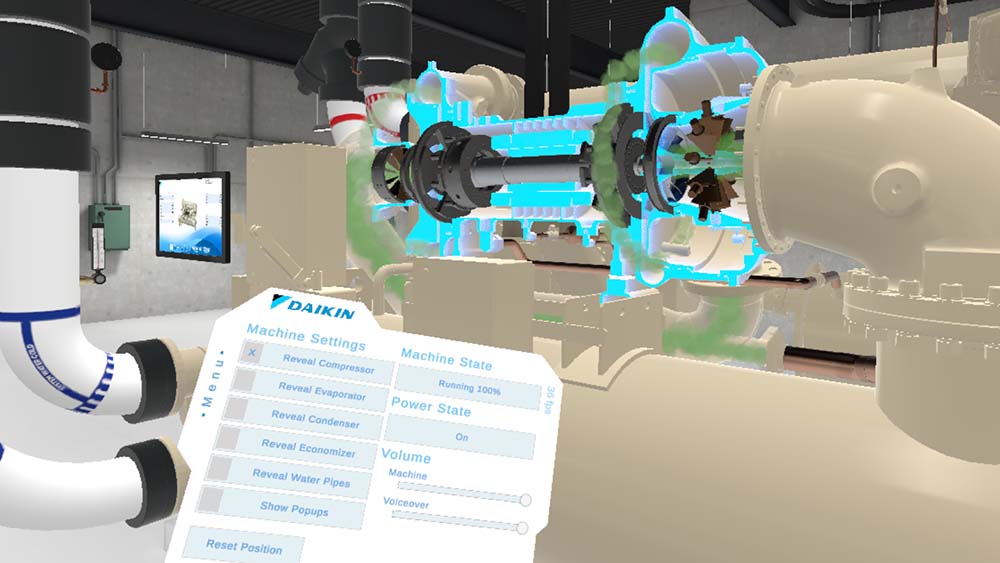VR is revolutionizing HVAC training
From sales to education, virtual reality (VR) technology is revolutionizing the way contractors, technicians, and even customers experience HVAC systems. With VR, individuals can now step into a virtual world and see first-hand how these systems work, providing a more immersive and interactive experience. This innovative technology is rapidly transforming the HVAC industry, offering numerous benefits for both professionals and consumers.
One of the key advantages of using VR in the HVAC industry is its ability to enhance the sales process. Contractors can now showcase their products and services in a virtual environment, allowing potential customers to visualize the HVAC system in action. Through VR simulations, customers can explore different system configurations, understand how they operate, and even see the energy efficiency levels. This immersive experience not only helps customers make informed decisions but also boosts confidence in the contractor’s expertise.
With VR, individuals can now step into a virtual world and see first-hand how these systems work, providing a more immersive and interactive experience.
–
Hands-on approach
Additionally, VR is revolutionizing HVAC training and education. Traditionally, technicians would rely on manuals and classroom training to understand the intricacies of HVAC systems. However, with VR, they can now be transported to a virtual world where they can interact with various components, troubleshoot problems, and practice maintenance tasks. This hands-on approach significantly enhances learning outcomes, enabling technicians to gain practical experience without the risk of damaging real equipment or systems.
Furthermore, virtual reality technology is empowering technicians to collaborate and problem-solve more effectively. In complex HVAC installations or repairs, technicians can use VR to communicate and share real-time information with other team members. By virtually overlaying digital instructions or diagrams onto the physical system, technicians can work together seamlessly, reducing errors and improving overall efficiency.
For customers, VR offers a unique opportunity to understand the functionality of HVAC systems in their own homes or buildings. By immersing themselves in a virtual environment, customers can explore how the system works, visualize ductwork, and understand the importance of regular maintenance. This enhanced understanding builds trust and empowers customers to make informed decisions about their HVAC needs.
In conclusion, virtual reality technology is transforming the HVAC industry by immersing contractors, technicians, and customers into a virtual world. From sales demonstrations to training and education, VR provides an interactive and immersive experience that enhances understanding, decision-making, and collaboration. As this technology continues to advance, the HVAC industry can expect to see even more innovative applications that improve efficiency, customer satisfaction, and overall performance.
Virtual reality technology is transforming the HVAC industry by immersing contractors, technicians, and customers into a virtual world. From sales demonstrations to training and education
–

Make informed decisions
This enhanced understanding builds trust and empowers customers to make informed decisions about their HVAC needs.
VR to communicate
In complex HVAC installations or repairs, technicians can use VR to communicate and share real-time information with other team members.



Leave a Reply